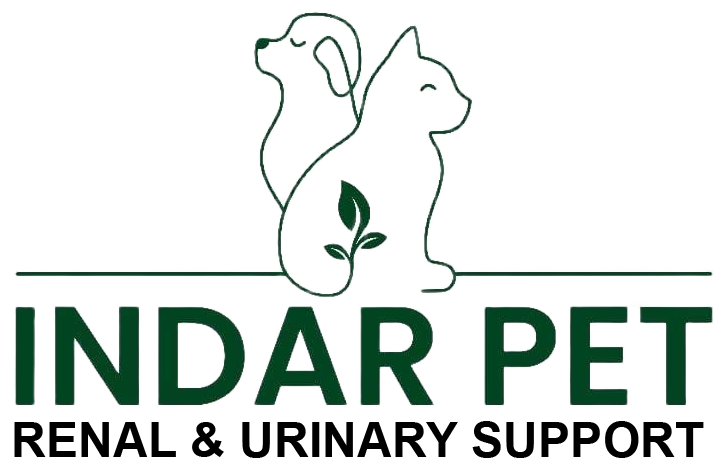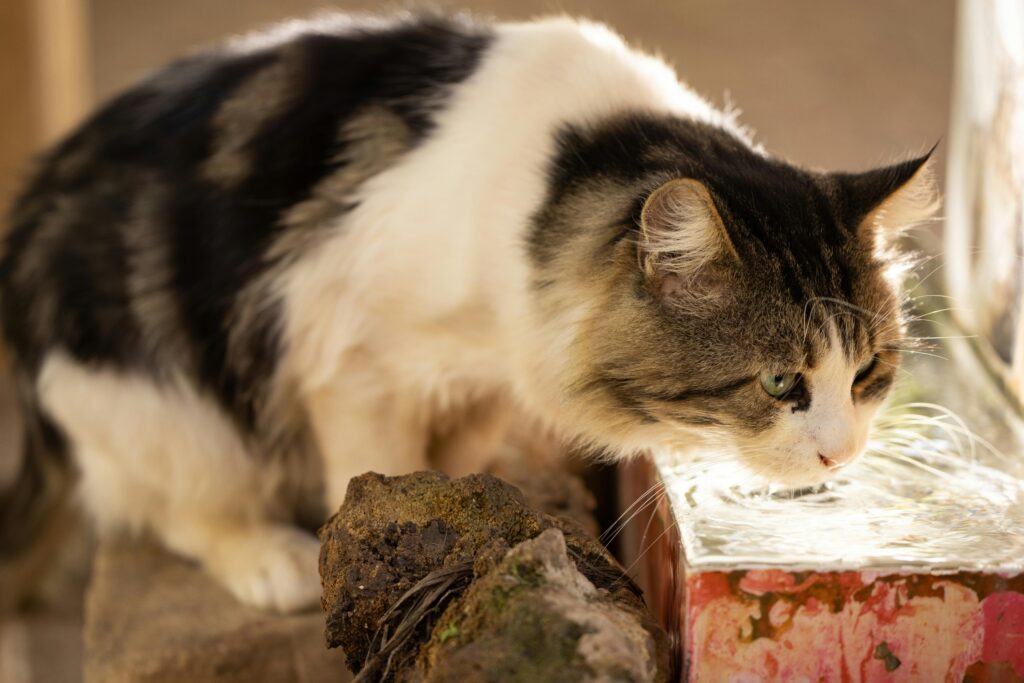Indar Pet
Hydration for Pets: Myths, Mistakes, and How to Keep Your Furry Friends Healthy
🐾 Common Myths About Pet Hydration
-
“Cats don’t need much water because they evolved in deserts.”
-
Truth: While cats originated from arid regions, domestic cats often don’t drink enough water naturally. Relying on instinct alone can lead to chronic dehydration and kidney stress.
-
Solution: Provide wet food, add broths, or use a cat fountain to encourage sipping throughout the day.
-
-
“If they drink from their bowl, that’s enough.”
-
Truth: Pets, especially cats, can be picky about water placement, bowl material, and freshness. Many drink far less than they need.
-
Solution: Offer multiple water stations, clean bowls daily, and try different materials like ceramic or glass.
-
-
“All water tastes the same; my pet doesn’t care.”
-
Truth: Pets notice taste, temperature, and even mineral content. Stale or warm water may be off-putting.
-
Solution: Use fresh, filtered water and consider adding a splash of low-sodium broth to entice picky drinkers.
-
-
“Wet food isn’t necessary if they drink water.”
-
Truth: Cats especially may not compensate their low water intake with extra drinking. Wet food provides 70–80% moisture, significantly helping hydration.
-
-
“Too much water is always a good thing.”
-
Truth: Sudden excessive drinking (polydipsia) can signal health issues like kidney disease or diabetes. Don’t ignore changes in drinking habits.
-
-
“Dogs and cats will always drink if they’re thirsty.”
-
Truth: Pain, stress, age, and illness can reduce a pet’s thirst drive. Some senior dogs or cats with CKD (chronic kidney disease) may need encouragement to sip water regularly.
-
❌ Common Errors in Practice
-
Single water bowl in an inconvenient location — pets may avoid drinking if it’s too far from their favourite resting place.
-
Dirty or stagnant water — bacterial growth or unappealing smell reduces intake.
-
Ignoring signs of dehydration — dry gums, lethargy, sunken eyes, or less frequent urination.
-
Excessive salt in treats or food — can worsen dehydration, especially in kidney-sensitive pets.
-
Assuming dry food is enough — especially problematic for cats on kibble-only diets.
💡 How to Fix These Mistakes
-
Multiple, Fresh Water Sources
-
Place bowls near resting, eating, and play areas. Change water daily.
-
-
Pet Fountains
-
Flowing water attracts cats and some dogs, improving intake.
-
-
Wet or Moist Diets
-
Use canned food, broths, or moisture-rich diets formulated for kidney or urinary support.
-
-
Encourage Small, Frequent Drinks
-
Instead of one large gulp, offer multiple small amounts throughout the day.
-
-
Monitor Intake
-
Track daily water consumption. Significant changes can indicate health problems.
-
-
Reduce Stress During Hydration
-
Some pets hesitate to drink in noisy or busy areas. Calm, quiet locations work best.
-
Tip: We offer stress-free urine collection kits for dogs and cats to monitor hydration without adding anxiety.
-
🩺 Extra Care for Kidney and Urinary Health
-
Hydration supports kidney filtration and reduces urinary crystal formation.
-
Low-phosphorus, moisture-rich diets help maintain kidney function.
-
Supplements can enhance kidney cell hydration and reduce oxidative stress.
-
Regular vet check-ups, blood tests, and urine analysis are essential — hydration alone isn’t enough if underlying issues aren’t addressed.
🌟 Takeaway
Hydration myths and errors are common but easy to fix with small, consistent changes. Multiple water stations, fountains, wet food, fresh water, and monitoring intake can drastically improve your pet’s health, energy, and kidney function. Visit our website toda: http://indarpet.co.uk
Have you ever noticed myths about hydration affecting your pet’s drinking habits? How do you encourage them to drink more every day?

